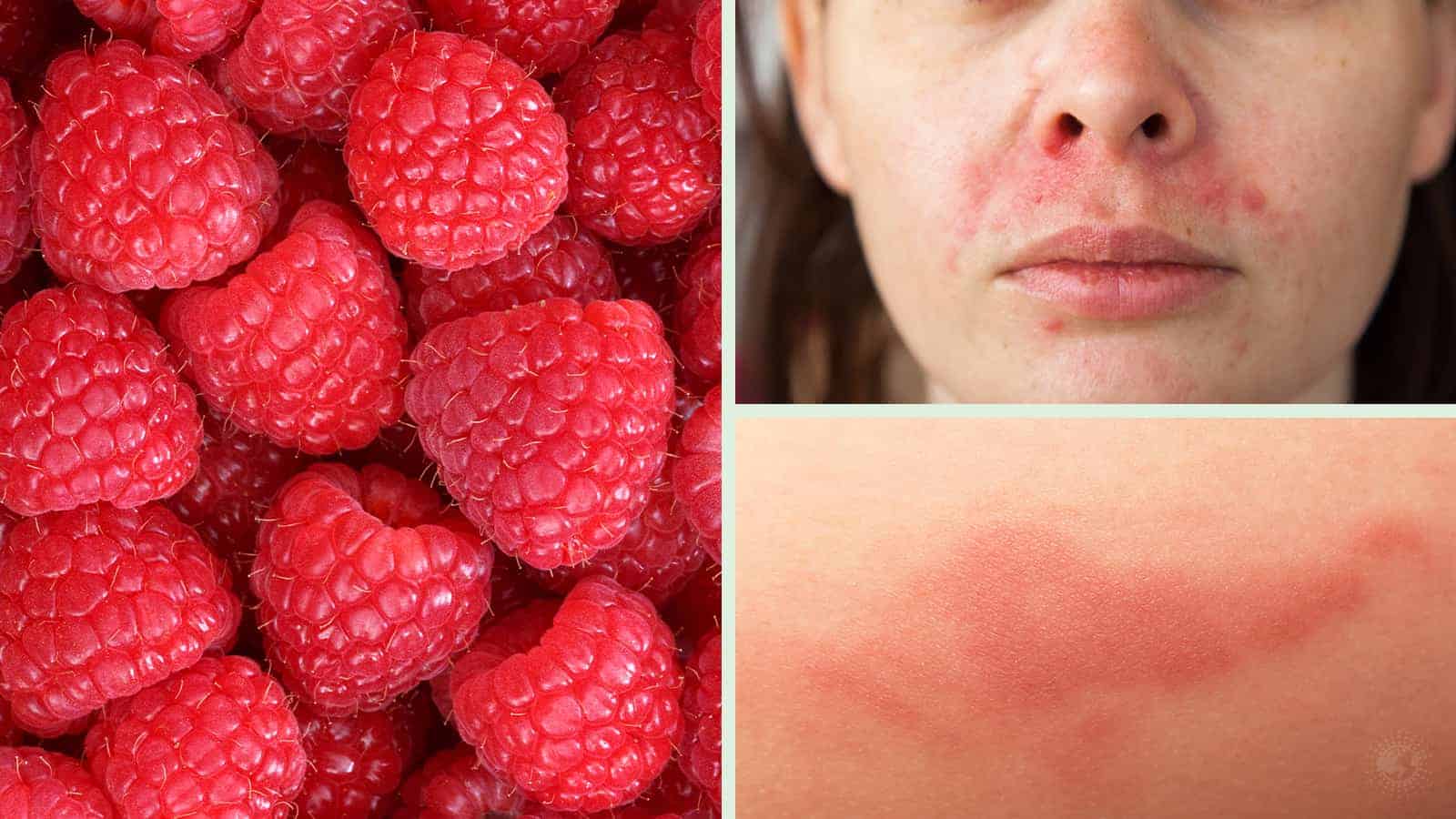Sunburn is a condition that is all too common for many beachgoers or people who work in the sun all day. Human skin is susceptible to the sun, and it doesn’t take long for a nice tan to turn into an uncomfortable burn. Despite this being common knowledge, many people don’t take the proper precautions when they’re out in the sun.
It’s important to realize that getting burned from the sun has more consequences than a toasty red tan. Many people aren’t aware of the damage they can’t see. In this article, doctors explain precisely what happens to the body after getting burned from the sun.
What is Sunburn?
Most people know that sunburn is when your skin gets burned from the sun. However, there is a little more to it than that. The sun is not the culprit in this situation. Ultraviolet radiation, more commonly called UV light, from the sun, is what causes the burn.
Since UV light is the real issue, this means that people can even get burned on cloudy days or cold days. Indeed, the American Medical Association published a study done on the effects of UV light on skiers and snowboarders because UV light can still be high during snowy conditions.
Symptoms of Sunburn
One of the biggest problems with getting sunburnt is that the symptoms don’t show up until after the damage occurs. The symptoms could take anywhere from a few hours to a few days to show up. That’s why people need to protect themselves, to begin with. Symptoms can include:- Pink or red skin that is hot to the touch
- Inflammation
- Blistering (probably with pus)
- Being extremely thirsty
- Peeling or flaky skin
- Nausea
- Headache
- Fever
- Painful eyes that may feel gritty
The symptoms of the condition can dramatically change the appearance of the skin and make a person feel miserable. They may want to hide indoor for a few days or even weeks, depending on how severe the burn is.
Unfortunately, these symptoms are not the worst that happens to the body when it’s burned. The worst is what lies beneath the epidermis. According to Christopher da Fonseca, M.D., a family doctor at Baptist Health Primary Care at Kendall Breeze, the burn can be so severe that a person may require hospitalization, pain treatment, and IV fluids.
What Happens to Your Body When You Get Burned
Getting burned from the sun penetrates the skin and causes damage on the cellular level that can’t be immediately seen. The only exception to this is pigment changes in the color of your skin. In many cases, these changes can be permanent.
If you’re under the impression that this damage occurs after getting burned many times, you’d be wrong. Being burned just once exponentially increases your chances of severe skin damage and health problems. Here are some consequences that can happen from sunburn, according to doctors.
Mutated Skin Cells
According to Saira George, M.D., a dermatologist at MD Anderson Cancer Center, the human body is remarkably resilient and efficient at repairing itself. However, if it gets too much radiation from UV light, the cells can become mutated and unable to heal themselves. They may die off.
The ones that don’t die off will be mutated forever because, according to Dr. George, there is no simple way to undo sun damage. These cells may become cancerous in the future (more about cancer further down).
Sun Poisoning
Some people use the term sun poisoning when they experience symptoms like dehydration, nausea, and fever from getting burned. However, the proper term is polymorphous light eruption (PMLE). It’s characterized by a reddish rash that will appear on the skin wherever it’s been exposed to UV light.
PMLE is like an allergic reaction. The scientific and medical communities haven’t discovered why PLME occurs. The good news is that it usually resolves itself and goes away on its own.
Eye Problems
The skin isn’t the only thing that suffers when you get sunburned. There are three types of UV rays, and the one that affects the eyes the most is UVB rays. Because of this, it’s essential to protect your eyes just like you protect your skin.
Ultraviolet keratitis, more commonly called photokeratitis, is a temporary condition. It can happen when your eyes are exposed to too much UV light. It can also be called welder’s arc or snow blindness. No matter what you call it, it’s an acute ocular effect that is painful.
Photokeratitis is characterized by a temporary loss of vision, tearing, redness and pain of the eyes, sensitivity to light, halos around lights, swollen eyelids, and headaches. Although the condition is temporary and usually resolves itself within 48 hours, it causes corneal cell apoptosis. This is essentially the death of cells in the eye. Repeated incidences can lead to permanent eye damage.
Other eye problems that might occur:
- Cataracts
- Macular degeneration
- Eye cancer
Skin Cancer
Skin cancer is the worst thing that can happen to the body when it’s overexposed to UV light. When UV light damages cells and causes mutations, the cells have a high chance of becoming cancerous.
Skin cancer is a massive problem in the United States. More people are diagnosed with it each year than any other cancer. This is such a shame since most skin cancer is preventable.
Melanoma: The Most Concerning Skin Cancer
This cancer occurs when melanocytes, the cells responsible for the melanin in your skin, begin to grow out of control. This isn’t the most lethal cancer, but it’s the most dangerous because it’s much more likely to metastasize (spread to other parts of the body) if it’s not treated early.
Skin cancer appears as dark brown or black lesions on the skin due to melanin productions. They can have blue, white, or even pink areas. They look like moles, and in fact, some moles can develop into cancer.
The mutations that UV light causes in the cells suppress the cells’ abilities to fight cancerous growth. A study found that at least 86% of melanoma cases can link to sunburn. Even though it’s common knowledge that this cancer results from too much UV light exposure, the rates of new patients continue to rise. The next section has some interesting yet alarming statistics on this cancer.
Statistics
*These statistics are provided by The Skin Cancer Foundation, The American Cancer Society, and the Centers for Disease Control (CDC).
- The number of new cases diagnosed in the last decade has increased by 47 percent.
- For people ages 15 to 39, men are 55% more likely to die from cancer than women.
- The 5-year survival rate, when detected early, is 99 percent. It drops to 65% in the second stage and 25% in the third stage.
- This cancer is 20 times more likely to occur in white people than Black people. This is mainly due to the higher rate of melanin production in Black people (melanin helps to shield skin from UV rays).
- The risk of developing cancer increases with age.
Treatment of Sunburn
When dealing with sunburn, the affected skin needs to be treated as soon as possible for the best results. A lot of the treatment involves comfort, such as taking care of pain, but if the skin isn’t too bad (meaning the first-degree burn), you may be able to treat the skin also.
- Stay indoors as much as possible. Avoid the sun because it will only make matters worse. If you must go outside, make sure you completely cover the affected area.
- Manage pain with ibuprofen or aspirin. These can also help with inflammation. If this doesn’t work, you may need to get your doctor to prescribe something more potent.
- Cold baths and showers can help soothe hot, achy skin and inflammation.
- You’ll likely be very thirsty so drink a lot of water.
- Don’t pop blisters. Blistering is the body’s way of healing and protecting itself.
- Allow peeling and flaky skin to come off on its own. Don’t peel it yourself.
Preventing Sunburn
It’s not possible or logical to completely stay out of the sun, so other steps must be taken to prevent sunburn. One of the main steps is by wearing sunscreen. You must also apply enough sunscreen for it to be effective.
Elizabeth K. Hale, MD, a board-certified dermatologist and clinical associate professor of dermatology at NYU Langone Medical Center, suggests that you use 2 mg of sunscreen per square centimeter of skin. She recommends using at least SPF 15, although SPF 30 is better if you’ll be outdoors for an extended time. You should apply it every two hours.
You should also take precautions with artificial light, especially tanning beds. These lights can cause just as much damage as the sunlight.
Final Thoughts on What Happens to Your Body After a Sunburn
The best thing you can do for your body is to prevent sunburn in the first place. It’s one of the most preventable conditions that can happen to you. A little sunscreen and smart choices go a long way. Remember, tans may look good when you’re young, but they won’t as your skin ages.
The effects of sunburn have been extensively studied and well-documented by scientists and medical professionals. Take all the information presented thoughtfully and protect yourself from harmful UV rays. Otherwise, a sunburn may be the least of your concerns.
















 Community
Community

